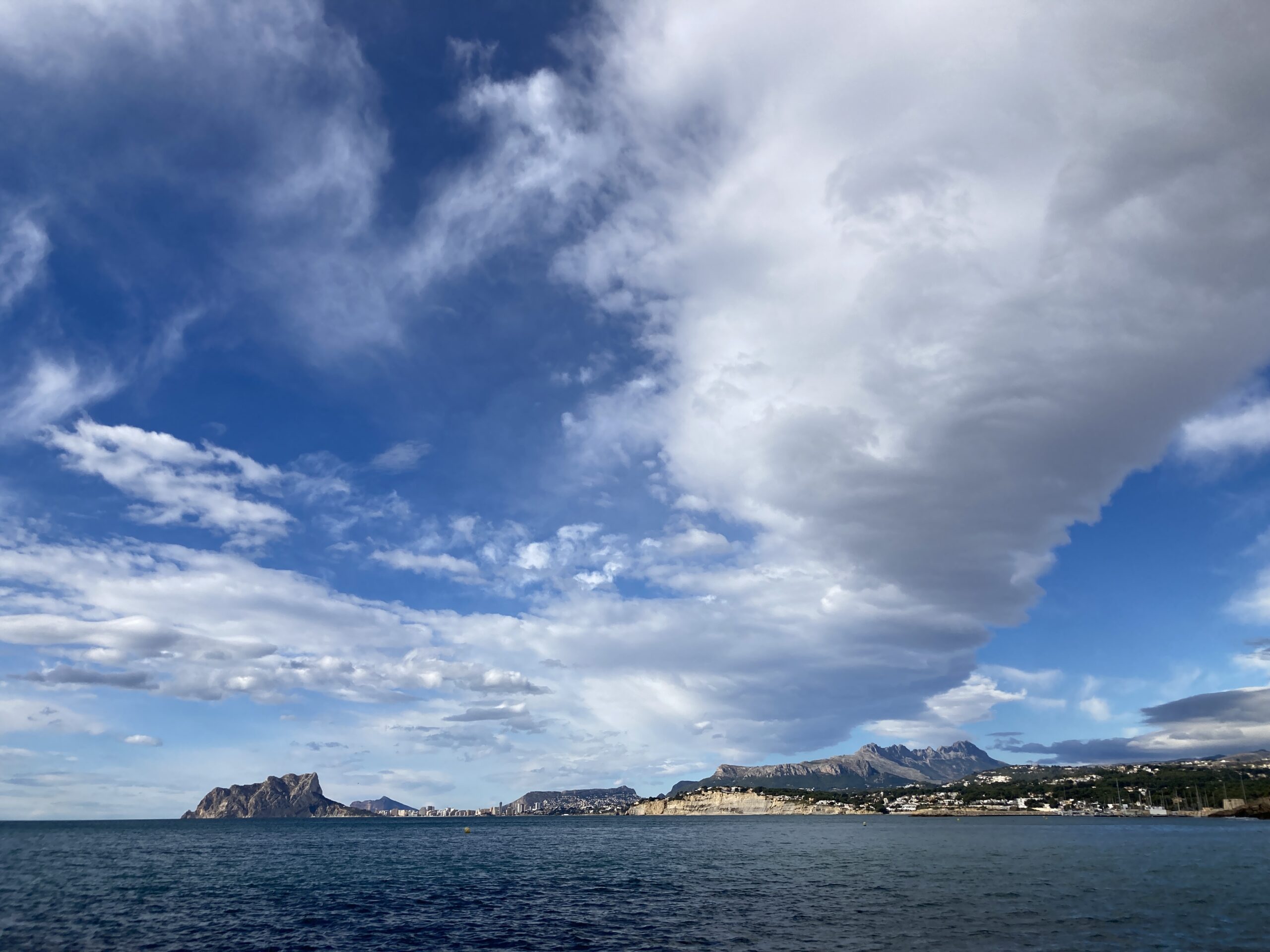While I was in Spain I spent hours by the pool. Due to it being winter, rather than Spring or Summer I wasn’t going into the pool or sunbathing. I was fishing out leaves that had accumulated over a period of months. The bottom of the pool had been filled with a layer of leaves, the sides had become like the sides of a fish aquarium and the water had turned slightly green. It’s not as bad as it sounds.
Pools are seasonal and water evaporates. If they’re not used for several months filling them to the brim, and allowing the water filter to run will use a lot of energy that could be used for heating or other things. It also saves water in regions where there is a drought.
A pool person did throw chlorine into the pool on a regular basis but the water wasn’t processed.
It’s amusing to clear leaves from the bottom of the pool with just a net. It’s relaxing. You skim the surface, pick up all the leaves, feathers and insects, and dump them into a container and once the surface is clean you begin to clean the floor of the pool. As you do so you see clouds of leaves and debri fly up.
Every so often I would put the net at the bottom of the pool and walk around the pool several timess trying to pick up debris before bringing the net up to the surface and emtpying it again. Bringing the net to the surface can be frustrating because you see a cloud of leaves and debris fly up into suspension, so you then fish out the leaves that have found an upwelling that brought them to the surface. You skim, until the net loses more leaves than it catches. You empty it again. You then dip the net back in and gather more leaves.
Eventually the shallow of the pool looks cleaner. You can see the tiles clearly, and you can see where other leaves are. You then move towards the deeper end of the pool and repeat the actions.
Of course pool cleaning is not just about cleaning the pool. It’s about getting a gentle workout for the arms and shoulders. The effort is not like carrying a safe from the car to the first floor of an apartment without a diable but it’s still good for the biceps and shoulders. You end the session feeling that your arms have done some work.
Due to the nature of water cleaning the pool stirs things up, so that they remain in suspension. At this point you can continue but it’s futile. When things are floating they’re easy to gather, before they sink. Once they sink they’re easy to get to again, because they’re on a single plane. It’s when things are in suspension that it’s time to take a break, to wait for everything to settle.
The result is that over a period of three or four sessions you can clean a pool without using an aquatic vacuum cleaner.
When the leaves are gone, and the bottom is clean, you can then take a brush and loosen all the crap that has grown on the sides of the pools, and the bottom of the pool. To some degree this is the frustrating part of pool cleaning. You see clouds of dust, and the pool turns green, as things are stirred up.
It’s at this point that my efforts became futile. It’s at this point that my efforts made the pool look more messy. It’s at this point that the pool vacuum and a pool cleaner were needed, to finalise the spring clean.
## And Finally
Through spending a few hours cleaning the pool with a net I felt that my skill and experience did increase. I became more efficient at trapping leaves and other things in the pool and I developed a technique that would stir up sediment before I then captured it and dumped it into the container at the side of the pool. I also rescued two bees in the process. Cleaning pools is a moment of mindfullness. I did this without podcasts, audiobooks or other distractions.

Leave a Reply